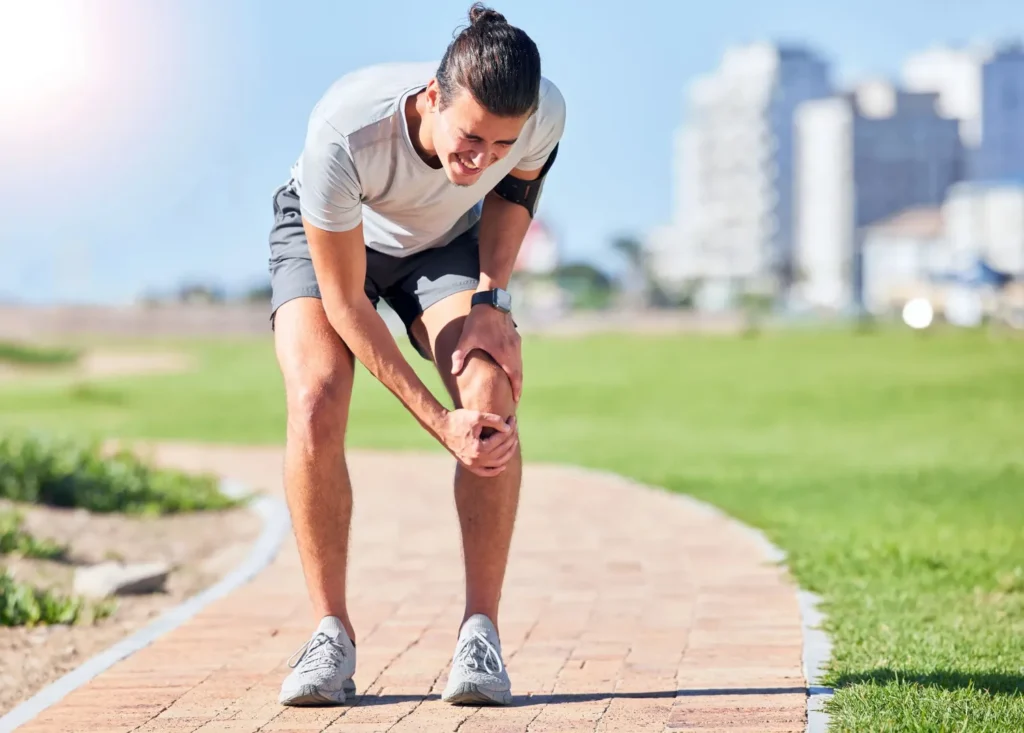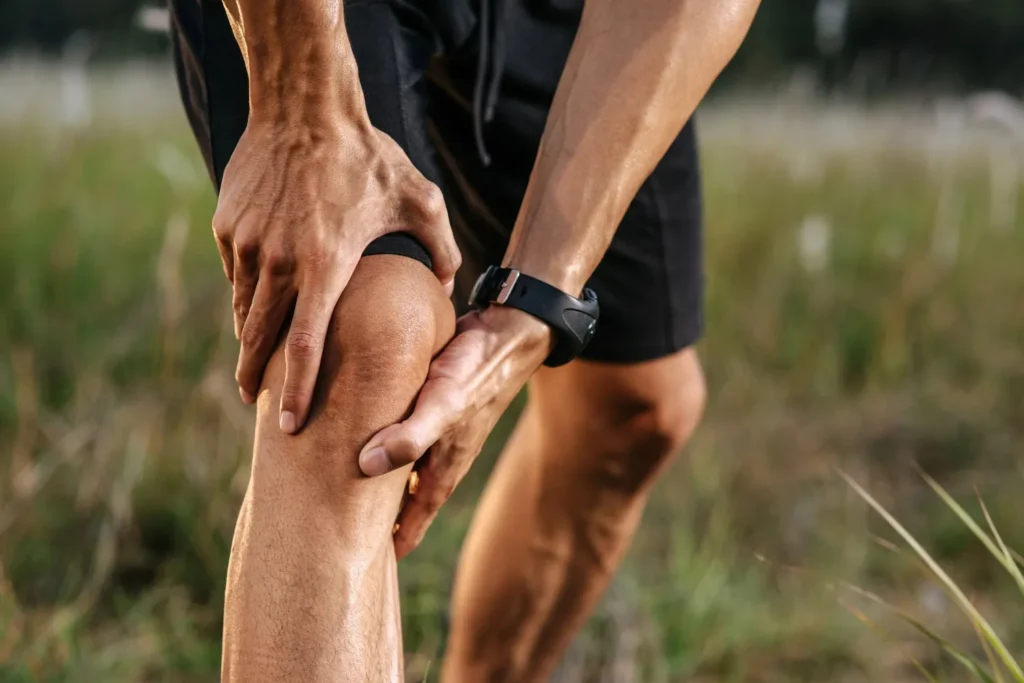Visit Our Location
64 Park Rd N, Oshawa, ON L1J 4L1, Canada
An ACL (anterior cruciate ligament) injury is a common and serious knee injury that can occur in athletes and active individuals. ACL injuries typically result from sudden movements such as cutting, pivoting, or landing incorrectly during sports activities. Preventing these injuries is crucial for maintaining long-term knee health and athletic performance.
The ACL is one of the key ligaments in the knee, responsible for stabilizing the joint during movement. Injuries to the ACL are often caused by trauma, excessive force, or improper technique during physical activities. ACL injuries can range from partial tears to complete ruptures, and they often require surgical intervention followed by extensive rehabilitation.
Preventing ACL injuries can significantly reduce the risk of long-term damage to the knee joint. By implementing specific prevention strategies, athletes and individuals can enhance their performance, maintain joint stability, and avoid debilitating injuries that require extensive treatment and recovery.

Certain conditions can increase the risk of ACL injuries. These include:
Preventing ACL injuries involves a combination of strength training, flexibility exercises, technique improvement, and proper use of protective gear. Here are some key techniques used in ACL injury prevention:
Strengthening the muscles surrounding the knee is crucial in stabilizing the joint and reducing ACL injury risk. Targeted exercises should focus on the quadriceps, hamstrings, glutes, and calves to provide balanced support for the knee. Strengthening these muscles enhances joint stability and helps absorb impact forces during physical activities.
Plyometric exercises involve explosive movements such as jumping, hopping, and quick directional changes. These exercises help improve agility, coordination, and muscle control, reducing the strain on the ACL during dynamic movements.
Maintaining correct technique during athletic activities is essential in preventing ACL injuries. This includes proper landing mechanics, controlled movements during cuts, and avoiding abrupt stops and changes in direction. Training sessions should emphasize proper biomechanics to minimize strain on the knee ligaments.
Improving flexibility and joint mobility around the knee can help reduce stress on the ACL. Stretching and mobility exercises can help maintain the range of motion necessary for injury-free movement.
In some cases, using knee braces or support devices can offer additional protection for the ACL during high-risk activities. However, these devices should be used alongside proper training and technique for maximum effectiveness.
Physiotherapy, sports medicine, and specialized training programs can help reduce the risk of ACL injuries. Some specific services that contribute to ACL injury prevention include:

Effective ACL injury prevention not only reduces the risk of injuries but also enhances athletic performance and overall knee health. By focusing on comprehensive prevention strategies, individuals can enjoy a more active lifestyle with minimized risks of chronic knee issues.
Preventing ACL injuries requires a proactive approach to physical health and fitness. Incorporate targeted exercises, proper technique, and professional guidance into your routine to safeguard your knees and ensure a safe, injury-free athletic experience. Reach out to us (Park Physio) today to learn more about ACL injury prevention strategies tailored to your needs.